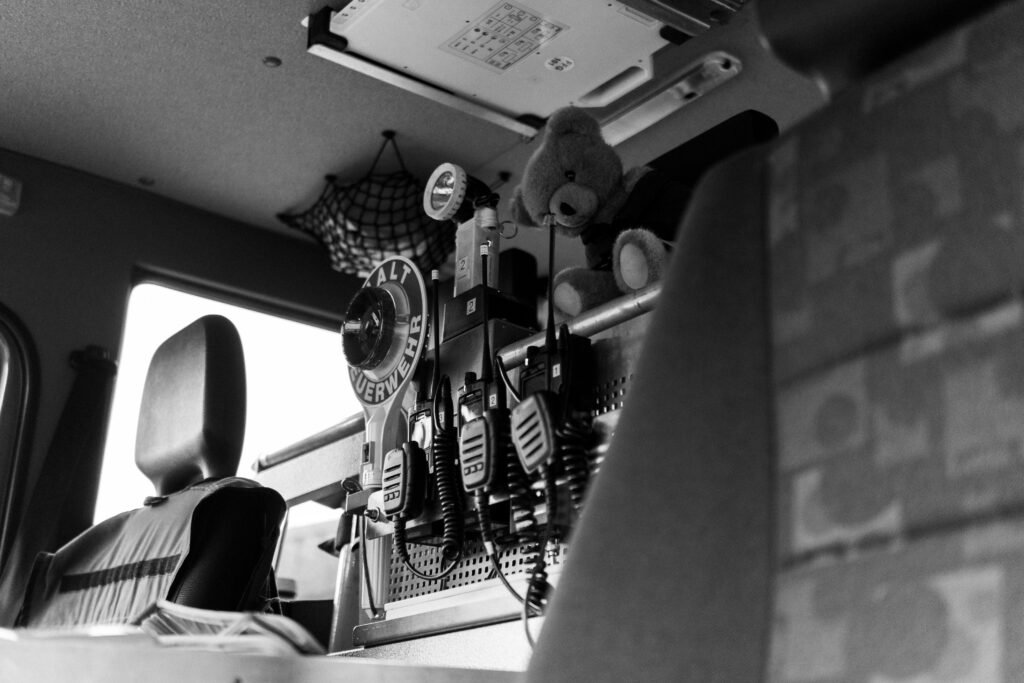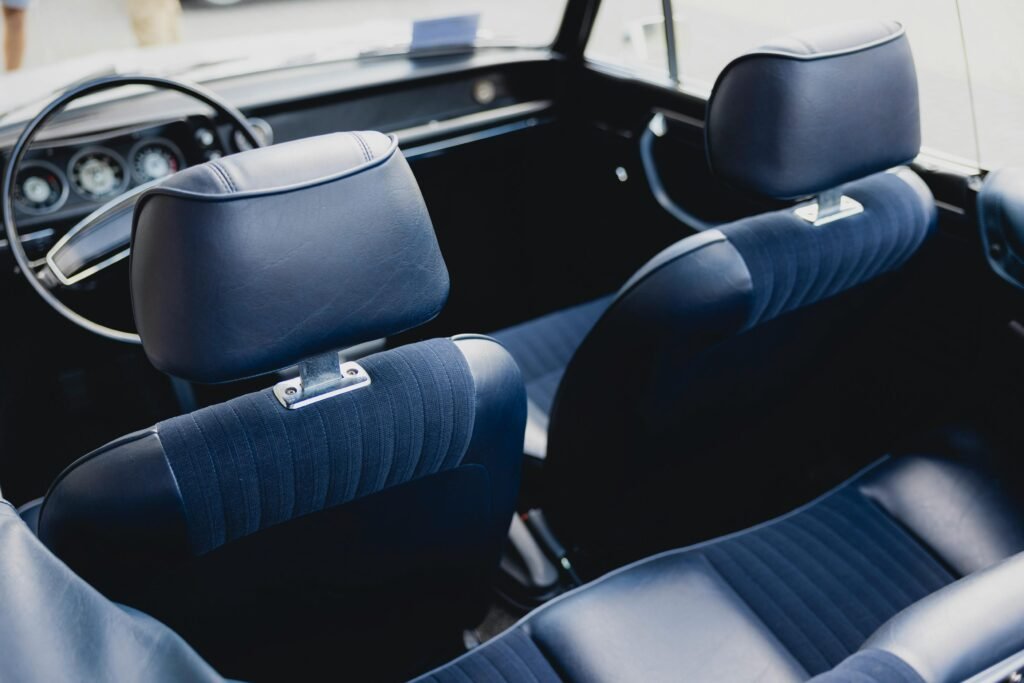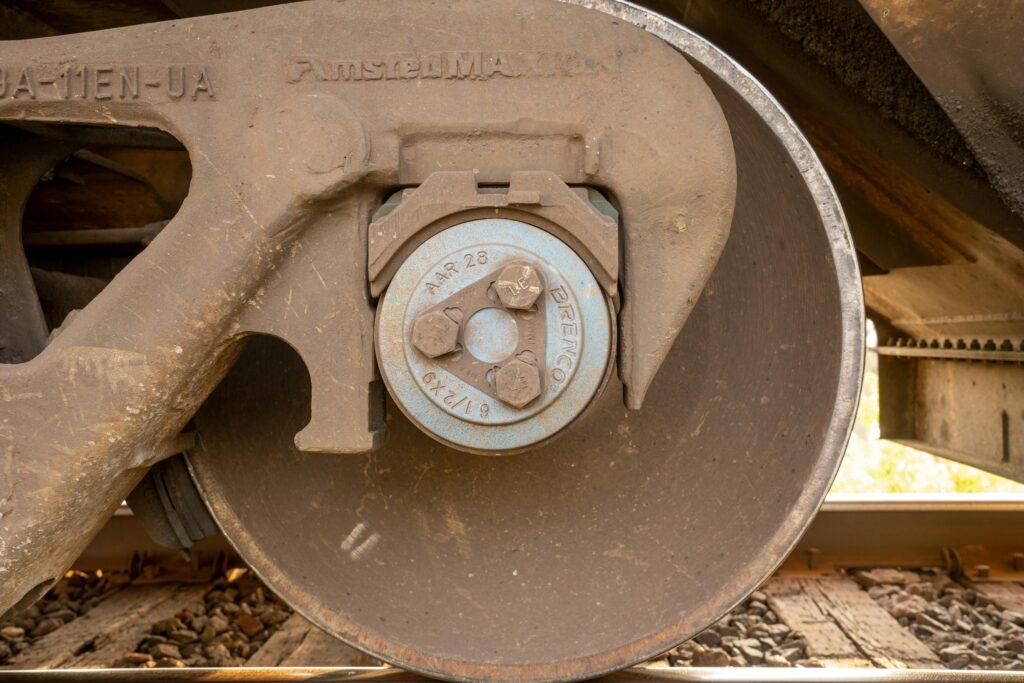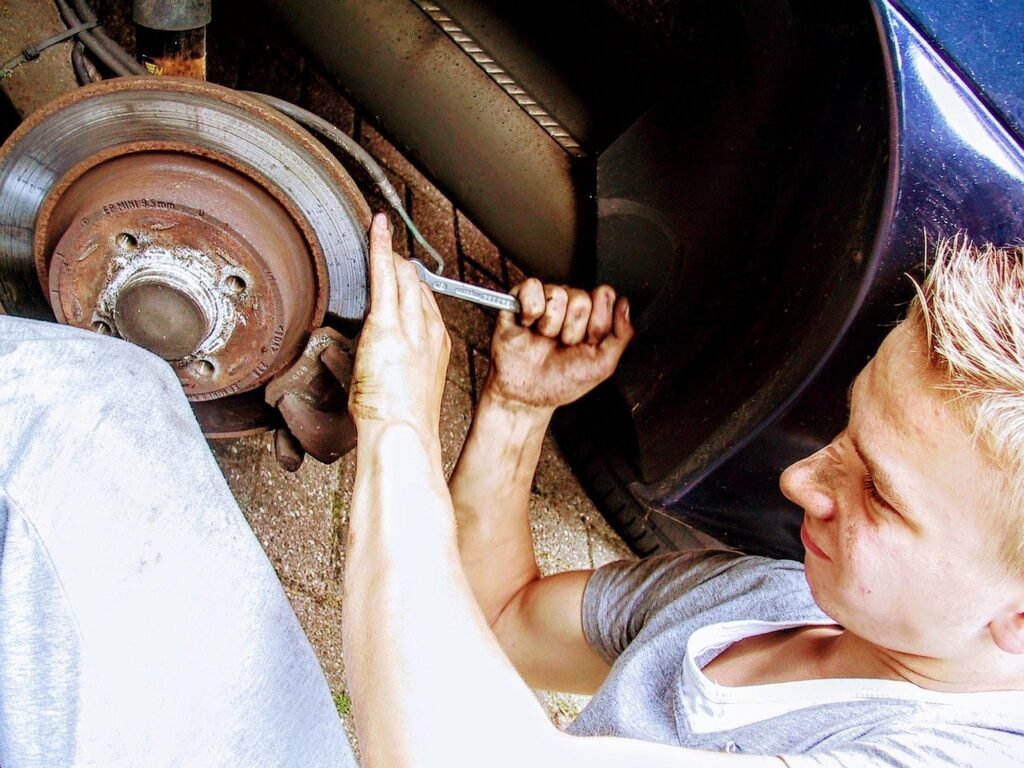The clutch system is one of the most critical components in a manual transmission vehicle. It allows the driver to smoothly engage and disengage the engine from the transmission, making it possible to shift gears and control power delivery. Among the different parts of the clutch system, the clutch release bearing, also called the throw-out bearing, plays a small but extremely important role. When this bearing starts to fail, many drivers ask the same question: Can you still drive with a bad clutch release bearing?
The short answer is yes, your car may still run with a bad bearing, but it is not safe and not recommended. Continuing to drive with this problem can quickly lead to more serious damage, higher repair costs, and even sudden breakdowns on the road. In this guide, we will explain what the clutch release bearing does, common symptoms of failure, risks of ignoring the problem, repair costs, and why timely replacement is the best solution.
What Is a Clutch Release Bearing?
The clutch release bearing is a component located between the clutch fork and the pressure plate of the clutch assembly. Its function is to reduce friction when the clutch pedal is pressed. When you step on the pedal, the bearing pushes against the pressure plate’s release fingers, disengaging the clutch and allowing you to shift gears smoothly.
Because it experiences constant pressure and movement whenever the clutch is operated, the release bearing is subject to wear and tear over time. Once it becomes damaged, it can affect the entire clutch system.

Symptoms of a Bad Clutch Release Bearing
Recognizing the early warning signs of a failing release bearing is essential to prevent major repairs. The most common symptoms include:
- Squealing or Whining Noise
- A loud squeal or whine when pressing the clutch pedal is one of the first signs of trouble.
- The noise often disappears when the pedal is released.
- Grinding Sound
- If the bearing is severely worn, you may hear grinding noises.
- This indicates metal-on-metal contact, which is a serious issue.
- Vibration in the Clutch Pedal
- A failing bearing may cause the pedal to vibrate or feel rough when pressed.
- Difficulty Shifting Gears
- Hard shifting, gear resistance, or grinding gears can result from a bearing that is not allowing full disengagement of the clutch.
- Clutch Slippage
- In advanced cases, the clutch may slip even when fully engaged.
Can You Still Drive With a Bad Clutch Release Bearing?
Technically, yes. If the bearing is only starting to fail, the vehicle will usually still drive. However, the longer you continue, the worse the symptoms become. Eventually, you may experience:
- Severe noise during driving
- Loss of smooth gear shifting
- Risk of the clutch failing completely
Driving with a bad clutch release bearing is similar to driving on worn-out brakes—it might work for a while, but the danger increases every time you use it.

Risks of Driving With a Bad Clutch Release Bearing
- Damage to Other Clutch Components
- A failing release bearing can put extra stress on the pressure plate, flywheel, and clutch disc.
- Repairing all these parts together is far more expensive than just replacing the bearing early.
- Transmission Problems
- Hard shifting or incomplete disengagement can wear down the transmission gears.
- Breakdown on the Road
- If the bearing seizes completely, you may lose the ability to disengage the clutch, making the car undriveable.
- Increased Repair Costs
- Replacing a single bearing is cheaper, but ignoring it may force you to replace the entire clutch assembly.
How Long Can You Drive With a Bad Clutch Release Bearing?
There is no fixed answer because it depends on how badly the bearing is worn and your driving style. Some drivers may get a few hundred miles, while others may only manage a few days before total failure. However, every mile driven increases the risk of further damage.
If you notice symptoms, it is best to schedule repairs as soon as possible rather than risk expensive failures.

How Much Does It Cost to Replace a Clutch Release Bearing?
Because the release bearing is located inside the transmission bell housing, replacing it requires removing the transmission. This makes labor costs significant.
- Clutch release bearing only: $50–$150 for the part.
- Labor: $300–$800, depending on the vehicle and shop.
- Full clutch kit (bearing, disc, pressure plate, flywheel resurfacing): $600–$1,200 on average.
Most mechanics recommend replacing the entire clutch assembly at the same time, since the transmission has to be removed anyway.
Preventing Clutch Release Bearing Failure
While wear is inevitable, you can extend the life of your clutch release bearing by following these tips:
- Avoid riding the clutch – Don’t keep your foot resting on the pedal while driving.
- Use the clutch only when necessary – Press it fully when shifting, and release smoothly.
- Avoid aggressive driving – Sudden starts and harsh shifting put stress on the bearing.
- Regular maintenance – Have your clutch inspected during routine servicing.

When to Replace the Bearing
You should replace the clutch release bearing as soon as you notice consistent noise, vibration, or shifting issues. If your vehicle already has high mileage, it makes sense to replace the entire clutch kit during repair, since all parts wear together.
Conclusion
So, can you drive with a bad clutch release bearing? The answer is: Yes, but it’s not safe or recommended. While your car may continue to operate, the risks of breakdown, expensive damage, and unsafe driving increase with every mile.
The clutch release bearing is a relatively inexpensive part, but replacing it requires significant labor. To save money and avoid repeated transmission removal, most mechanics recommend replacing the entire clutch kit once the bearing shows signs of failure.
By recognizing the symptoms early, taking action quickly, and practicing good clutch habits, you can extend the life of your clutch system and keep your vehicle running safely and smoothly.
